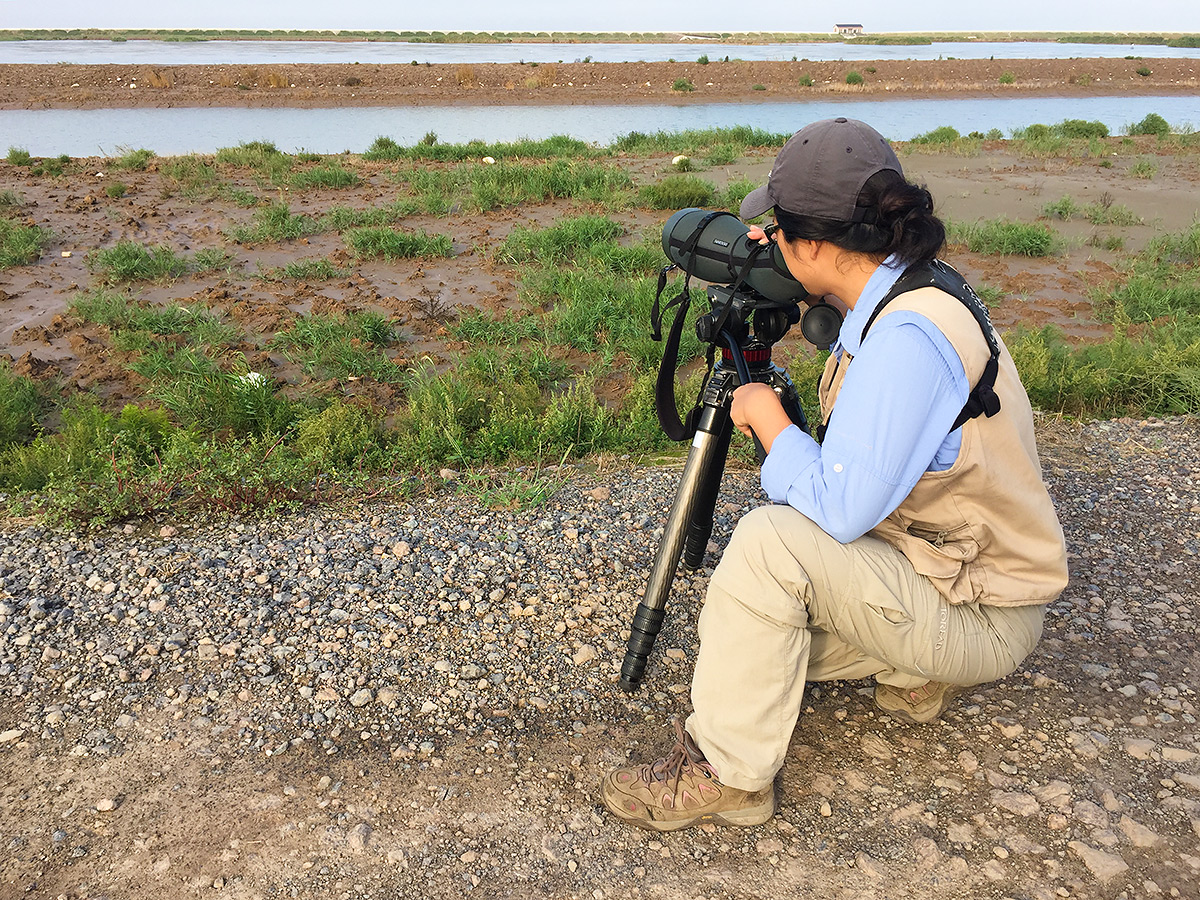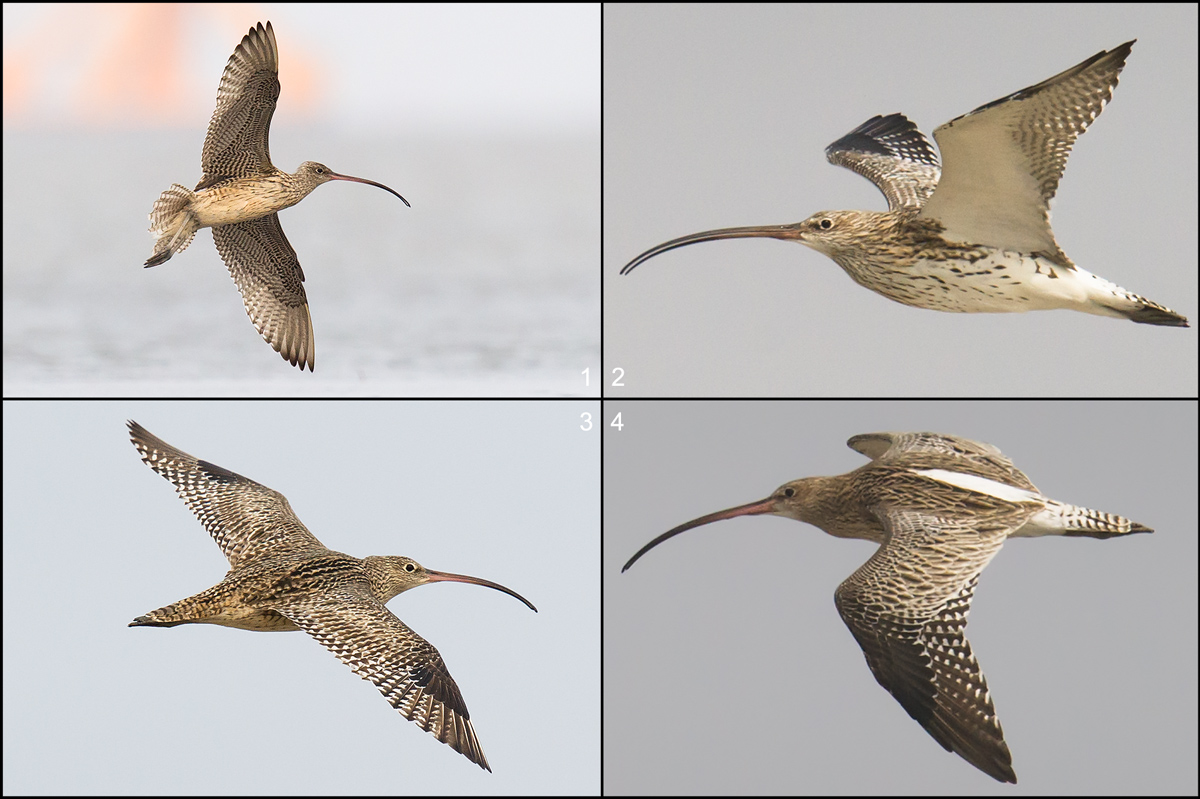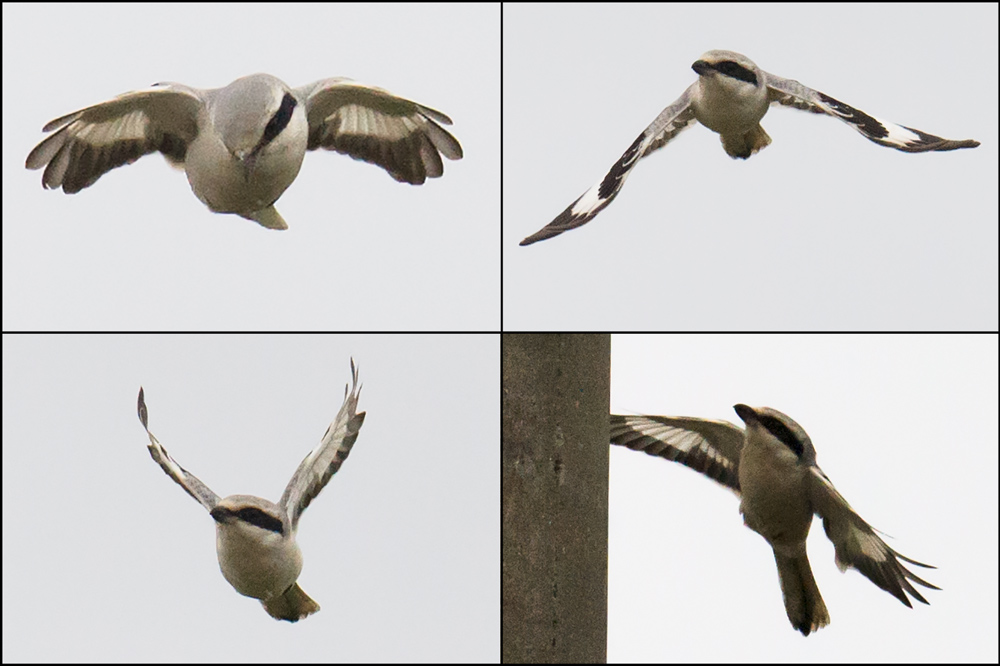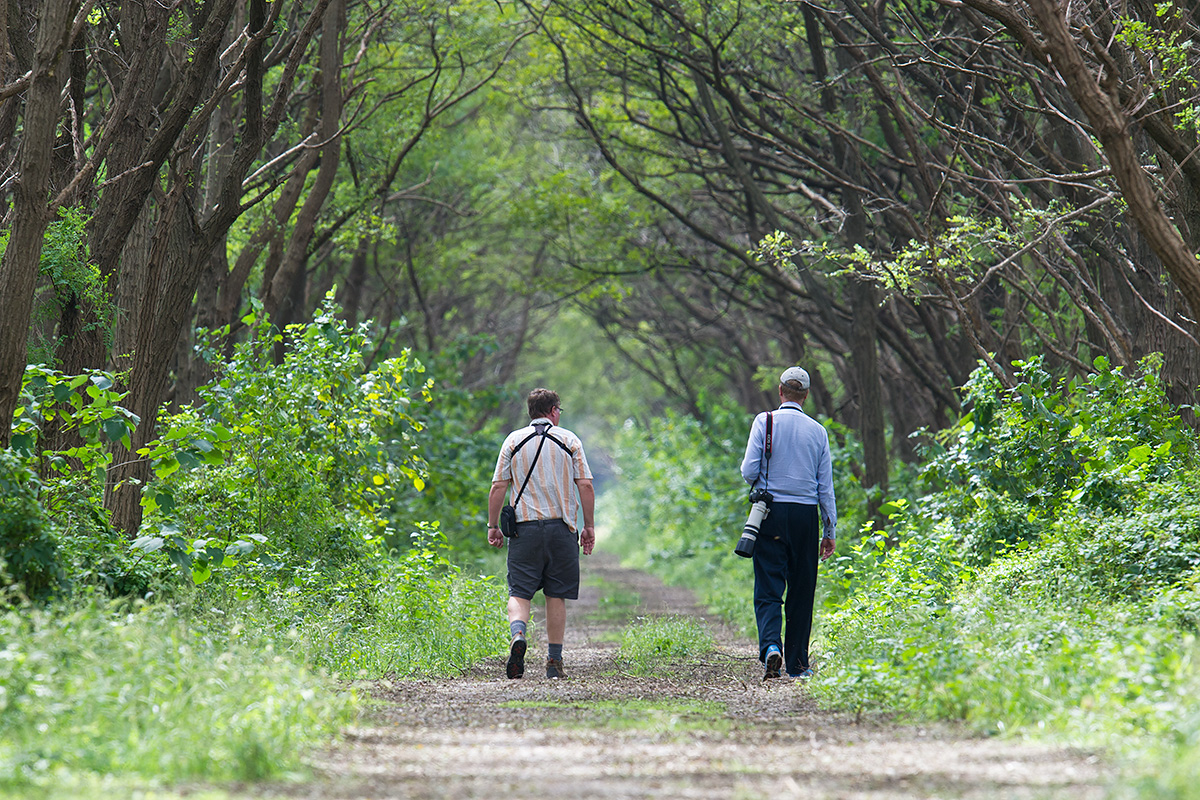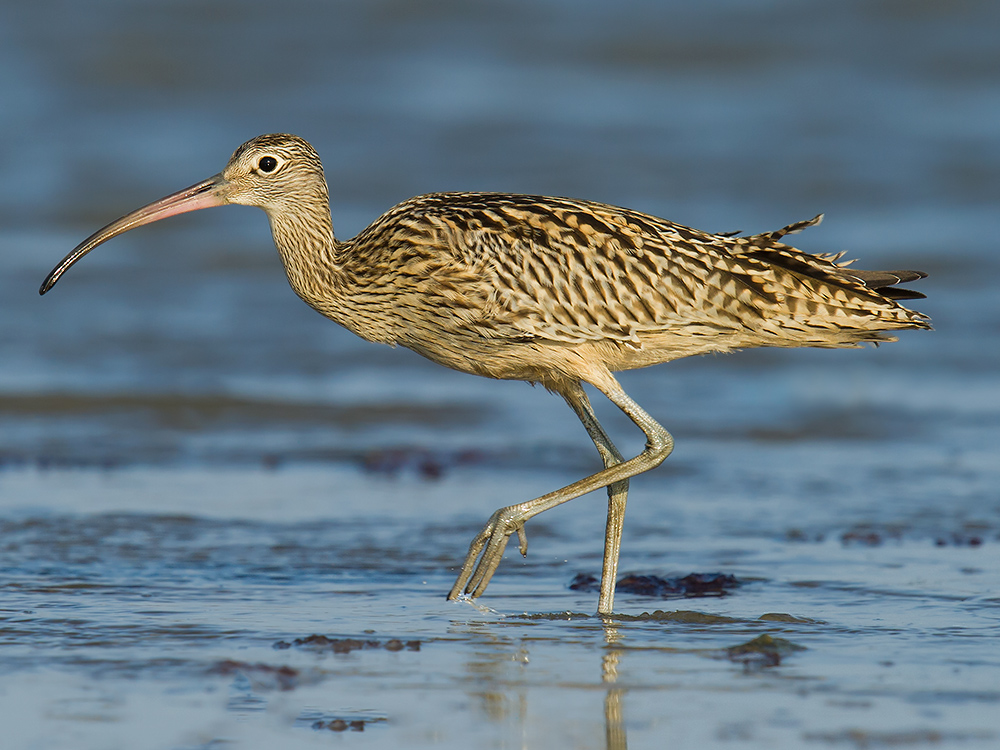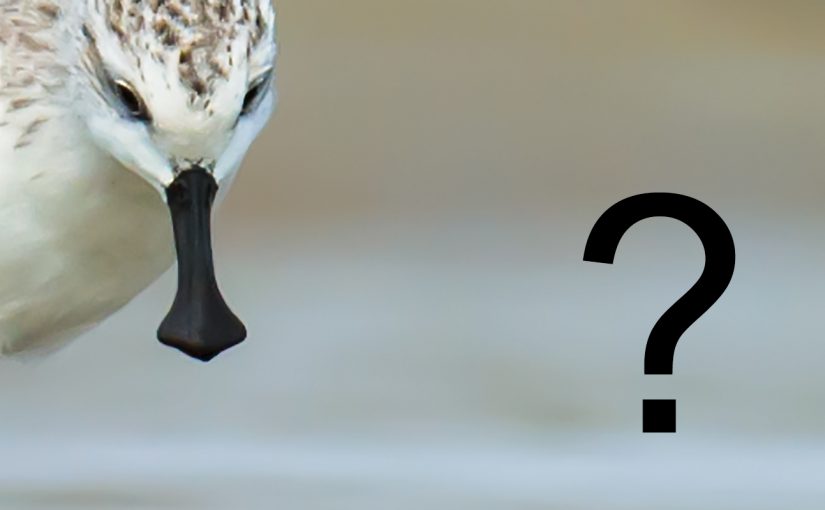Editor’s note: Our featured image above, which shows a Spoon-billed Sandpiper and question mark, sets the theme for this post, in which we raise this question: In the face of manic coastal development in China, what will become of Spoon-billed Sandpiper, among the most highly endangered shorebirds in the world? The unique “spoon,” or spatulate bill—will future generations look on in wonder at it? — Craig Brelsford
by Craig Brelsford
Founder, shanghaibirding.com
In Yangkou, the famous birding location in Rudong County, Jiangsu, my partners and I on 3 Oct. found a roost of 10,300 waders. We encountered this stunning spectacle on a reclaimed parcel of mudflat that will soon be transformed into a kite-flying ground for the tourists. Have you ever wondered why species such as Spoon-billed Sandpiper and Nordmann’s Greenshank are on the brink? This picture will help answer your question:

If other nearby areas are suitable, then why would so many shorebirds choose to roost literally in the shadow of the clanging backhoes and roaring dump trucks?
Simple. Because there are no better areas.
Spoon-billed Sandpiper, Nordmann’s Greenshank, Far Eastern Curlew, Great Knot, and dozens of other shorebird species are being squeezed by coastal development, precisely of the sort shown in the photo above.
Surveying the strange scene, my partner Jan-Erik Nilsén said, “I feel the way I felt with the Spoon-billed Sandpiper yesterday—that I’m saying goodbye.”
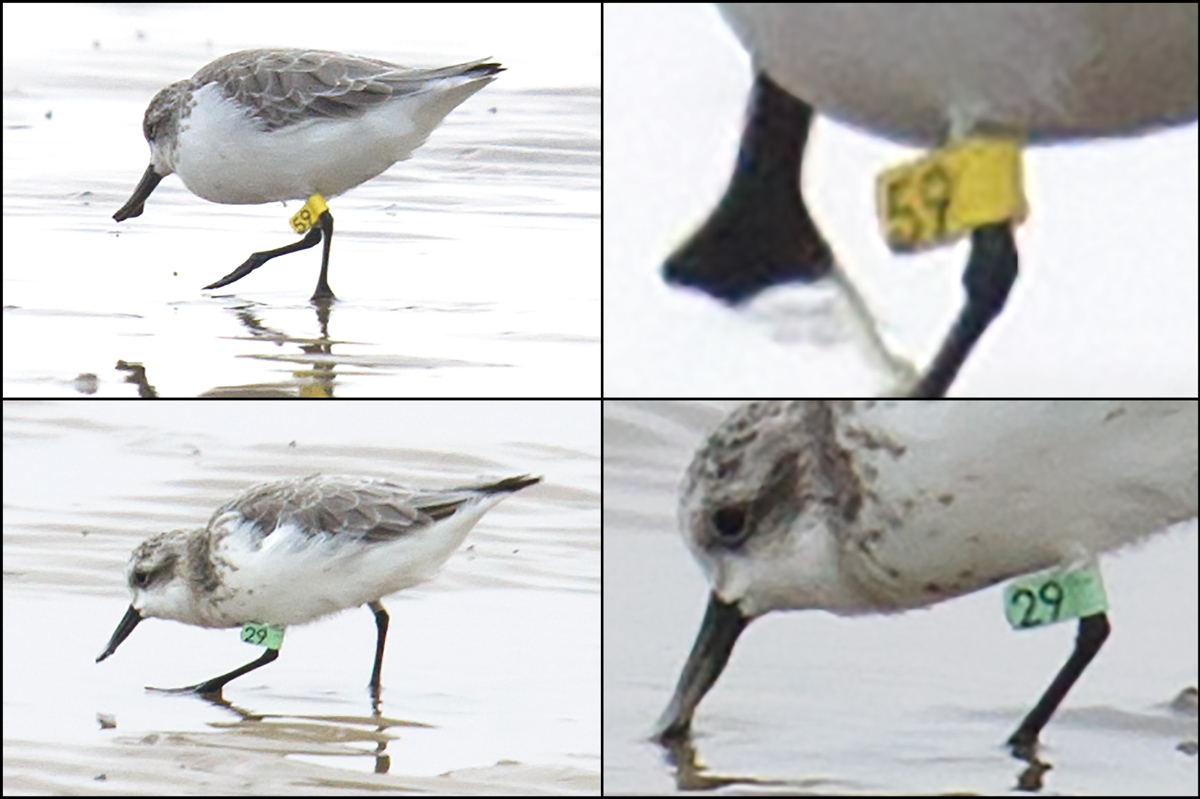
Jan-Erik was referring to the events of 2 Oct. on the coast of Dongtai County, 35 km (22 miles) north of Yangkou. There we found 13 Spoon-billed Sandpiper foraging at the base of the sea wall at low tide. We watched as the sandpipers casually made their way to within 20 meters of our front-row seat on the wall.
Tempering our delight was this dark thought: Every last square inch of the area on which those endangered birds were foraging is slated for yet more reclamation. The disaster unfolding now at Yangkou may well strike Dongtai.
For now, Dongtai is still magical, with unbroken vistas from sea wall to horizon. For this reason, Dongtai has replaced Yangkou as the world’s best place to observe Spoon-billed Sandpiper and Nordmann’s Greenshank.
But if Dongtai goes the way of Rudong County, then yet another step will have been taken in locking up the Chinese coast—and throwing away the key.
A BUSY NATIONAL DAY WEEKEND
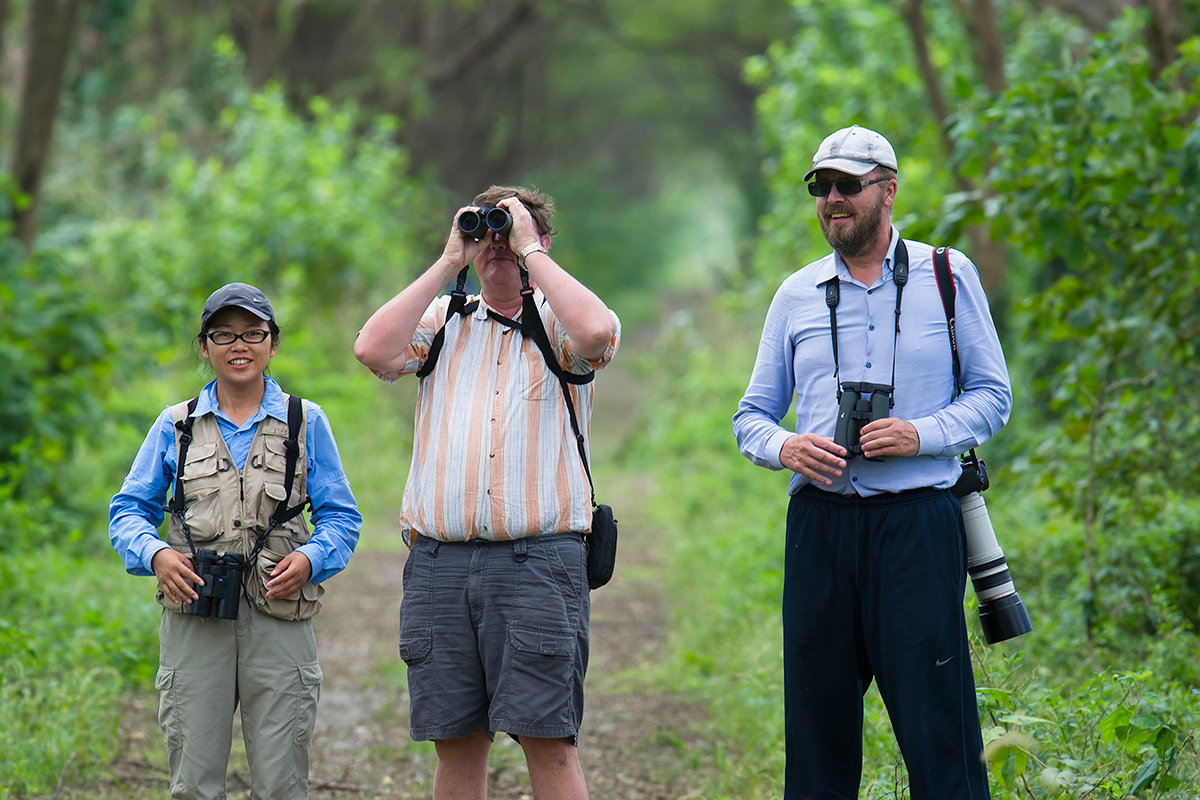
Our long look at Spoon-billed Sandpiper highlighted a three-day birding trip over Chinese National Day. My wife Elaine Du and I birded with Shanghai-based British birder Michael Grunwell and Jan-Erik, a Swede working in Beijing. The big roost at Yangkou plus a day and a half at Dongtai helped take our three-day coastal-birding total to 125 species. We had 29 Nordmann’s Greenshank and 35 Black-faced Spoonbill on Sunday at Dongtai, 6 Chinese Egret at the big roost at Yangkou and at Dongtai, and Little Curlew at the big roost.
Also notable were 230 Eurasian Oystercatcher at Dongtai; 19 Eurasian Whimbrel at Dongtai as well as at our third site, Chongming Island in Shanghai; just 34 endangered Far Eastern Curlew at Dongtai; 573 Eurasian Curlew at Dongtai, including a big count of 570 on Sunday; plus 71 Great Knot, 144 Red Knot, an unusual view of Temminck’s Stint on the mudflats, Grey-tailed Tattler, and Lesser Black-backed Gull.
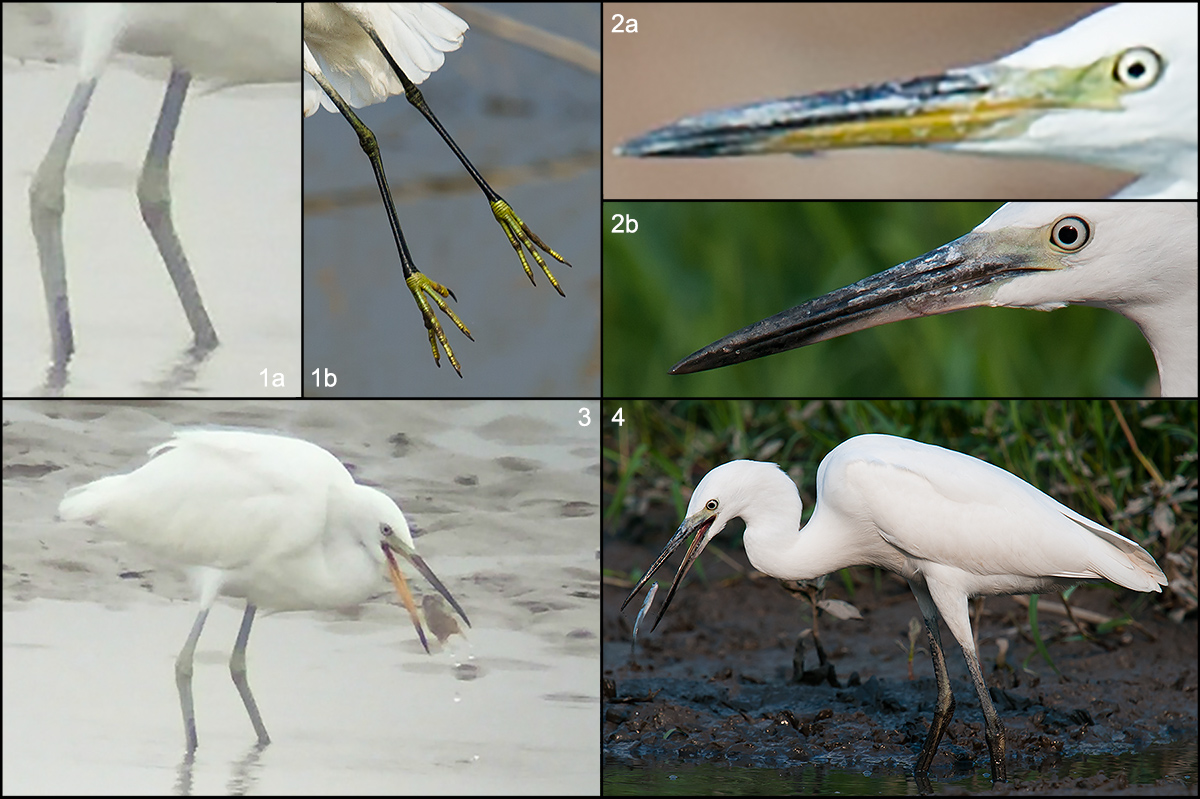
Finally, passerines: at Dongtai, Chinese Grey Shrike, Hair-crested Drongo, Red-rumped Swallow and Asian House Martin as well as a lone Yellow-bellied Tit migrating south along the sea wall. Also season’s first Pallas’s Leaf Warbler, Mugimaki Flycatcher, Taiga Flycatcher, White-throated Rock Thrush, Red-throated Pipit, and Little Bunting. We found Siberian Thrush and many other passerines at a wooded area around a sluice gate (32.722313, 120.942883). Still missing from our autumn Shanghai-area list: Bull-headed Shrike, Red-flanked Bluetail, Daurian Redstart, and all Turdus thrushes except Chinese Blackbird.
The big wader roost at Yangkou was made up mainly of Kentish Plover (6500) and Dunlin (2800). Inland we found Chinese Bamboo Partridge (a new Yangkou record for me) and Black-winged Kite.
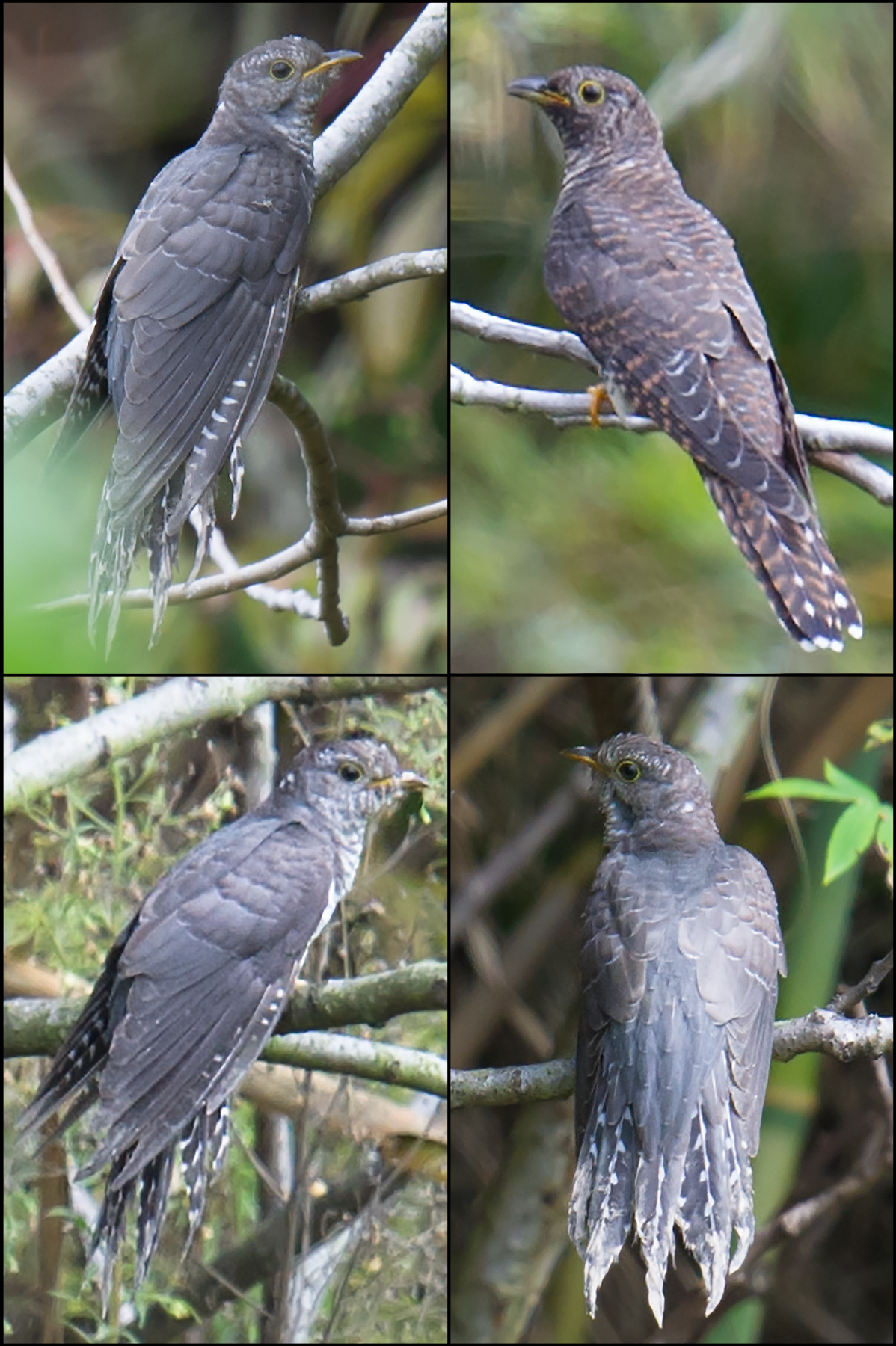
At Yangkou, in our van we followed 3 Lesser Cuckoo along a line of trees paralleling the road. The sustained view plus photos clearly indicated Cuculus cuckoos of a thrush’s size, not a falcon’s size. Credit goes to Michael for quickly noting the small size of the cuckoo and encouraging me to take the leap beyond “Cuculus sp.” Jan-Erik supported Michael, and after viewing the dozens of photos we took, it was obvious they were right.
NOTES
• The “Temple Forest” (32.560253, 121.039793), the famous migrant trap at Haiyin Temple in Yangkou, has lost much of its value to birders. The Temple Forest was unparalleled as a migrant trap, routinely offering up a stunning array of species drawn to the cover of the leaves. A mini-zoo set up earlier this year in the unwooded areas has since expanded into the wood itself, with cages, mini-cottages, and fences throughout. As the trees are still standing, flycatchers and leaf warblers may continue to use the area.
• One bright note is the small wood next to the lighthouse at Haiyin Temple (32.561881, 121.040619). Fishermen who had been squatting there have moved out, and the area has been cleaned up. A sidewalk now runs past the wood. It is probably too small an area to be developed, and as it has the very best location right at the tip of the headland, it will continue to attract migrating birds.
PHOTOS
